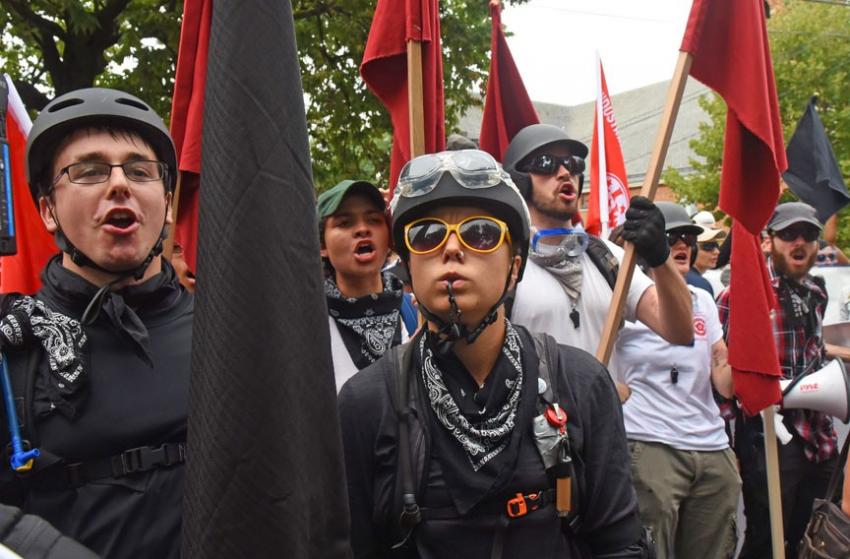In Charlottesville, Virginia, on August 11-12 last year, an infamous mobilisation of neo-Nazis, white supremacists and other far-right groups was met by anti-fascist and anti-racist protesters. In violent clashes, attacks by the far right resulted in many counter-protesters being injured and one dead — anti-fascist activist Heather Hayes, who was killed when a fascist drove a car into the crowd.
US President Donald Trump, whose election was supported by and emboldened the far right, refused to condemn the far right, stating: “You had many fine people on both sides.”
In the aftermath of these events, publisher Random House decided to move forward the release of Antifa: The Anti-Fascist Handbook to later that month, rather than September as originally intended.
Based on many interviews with anti-fascist activists from around the world, Mark Bray, a former Occupy Wall Street organiser, provides an insider guide to Antifa.
The movement, whose name is short for Anti-Fascist Action, and which grew in prominence in the US after the Charlottseville events, exists in various forms around the world.
Antifa seeks to counter the far right by any means possible, including the sometimes controversial “no platform for fascists” principle. Antifa activists reject the liberal notion that fascism is an idea that can be debated and given consideration.
Bray traces the history of Antifa from the unsuccessful efforts to stop the rise of fascism in Italy, Germany and Spain in the 1920s and ’30s, as well as the more successful attempts to counter the rise of Oswald Mosley’s British Union of Fascists in the same era.
After World War II, the continued threat of the far right has resulted in the continued mobilisation of anti-fascist groups. In Britain, groups such as the 43 Group and the 62 Group formed to counter fascist groups. In more recent times, various anti-fascist groups have been formed in Europe and North America.
After tracing the rise of post-war fascism and anti-fascism, Bray examines the various tactics used by Antifa.
One anti-fascist activist, a Native American skinhead named Gator, recounts how, in the late 1980s, he and a colleague confronted a teenage skinhead involved in a white supremacist group called the White Knights, which had been terrorising punks and people of colour. Gator told him that the next time he saw him again, he had better not still be involved with that group. It was this tactic of giving people a chance to think over the consequences that has sometimes led to people switching sides.
Read the full article written by Mark Bray at Green Left Weekly.

